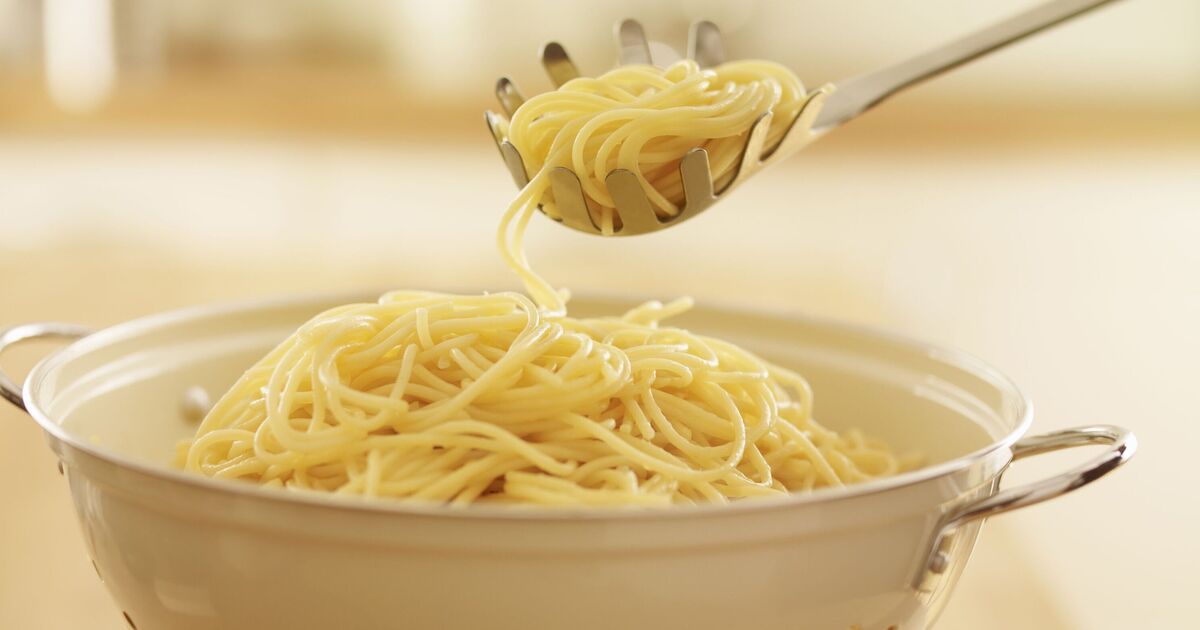Pasta is a staple in many households, and makes for a low-fuss and affordable meal on days when you can’t be bothered to cook. Whether it’s paired with a rich tomato sauce, or a simple combination of garlic and chilli, it’s hard to go wrong with pasta.
However, there’s one thing that can quickly ruin a delicious sauce, and that’s mushy pasta that’s been sitting in water for too long. Although pasta is relatively straightforward to cook, leaving it for just a minute or two too long can result in it being overcooked, and even falling apart. Pasta should be served al dente, and have some chew to it, and there’s one foolproof method that will help you achieve this.
Getting pasta perfectly al dente can be tricky if you’re not sure how long to leave it in the water for, and you don’t want to risk it being undercooked and tough.
But in an article for Delish, Camille Lowder shared her foolproof method for getting perfectly al dente pasta that she said “will elevate all of your future pasta nights”.
While cooking instructions can vary on the shape and size of pasta you’re cooking, Camille said the golden rule for getting al dente pasta is to always cook your pasta for less time than the packet calls for.
Good Food advises that ribbon-style pasta like spaghetti and tagliatelle usually take around eight to 10 minutes to cook, while shorter shapes like penne take slightly longer, around 10 to 12 minutes.
However, to get pasta perfectly al dente, Camille advises setting the timer for at least 3 minutes less than the recommended cook time.
It’s a good idea to keep giving it a stir as you’re cooking it too, as this will give you an idea of how cooked it is based on how it feels against the spoon.
You can also simply taste a piece of pasta, and if it has a slight bite to it but it’s still tender enough to chew, it’s ready to take off the hob.
Once it’s cooked, go ahead and drain it and leave it to steam dry for a minute or two to prevent it from sticking together before adding your sauce.
Cooking al dente pasta isn’t just the correct and traditional way of serving the dish either. In an article for Taste of Home, Lindsay D. Mattison explains that it also contains more starches when cooked al dente, which helps sauces stick to pasta.
While this method works for dry pasta, fresh pasta like ravioli and tortellini should always be cooked for the full amount of time, which is usually around three to five minutes, as it has a more delicate texture.

